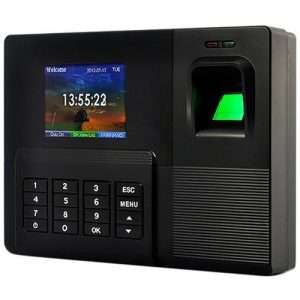Conventional Fire Alarm System
A conventional system employs one or more initiating circuits, connected to sensors (initiating devices) wired in parallel. These sensors are devised to decrease the circuits resistance when the environmental influence on any sensor exceeds a predetermined threshold. In a conventional system the information density is limited to the number of such circuits used. At times, a floor plan of the building is often placed near the main entrance with the defined zones drawn up, and LEDs indicating whether a particular circuit/zone has been activated. Another common method is to have the different zones listed in a column, with an LED to the left of each zone name.
Advantages of conventional fire alarm systems:
- Cost effective for small applications.
(Note: The larger the system the less competitive the price mainly due to higher installation costs.)
Disadvantages of conventional fire alarm systems:
- Cost, not competitively priced for larger systems.
- Detection of smoke or a fire is done by zone, which could be multiple areas rather than specifying a specific location. This could delay emergency responders from locating the fire.
- Conventional panels are often called “dumb” panels because of the inability to provide detail information, such as…
- Device locations.
- No details on event history.
- No internet connection for notification of alarm/trouble/supervisory events.







Reviews
There are no reviews yet.